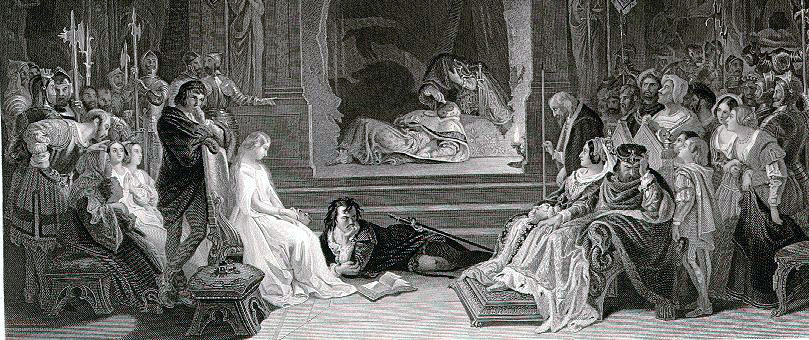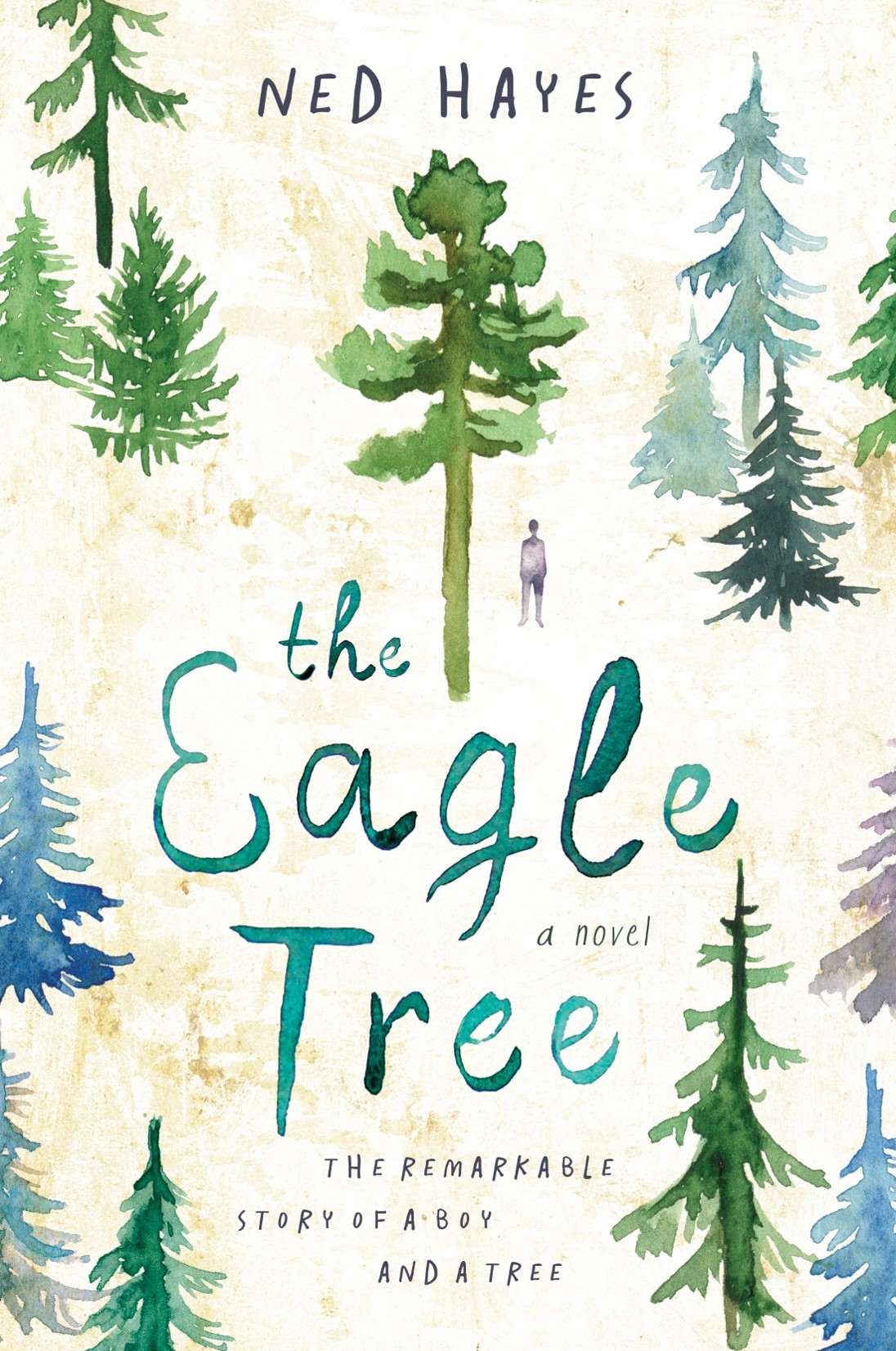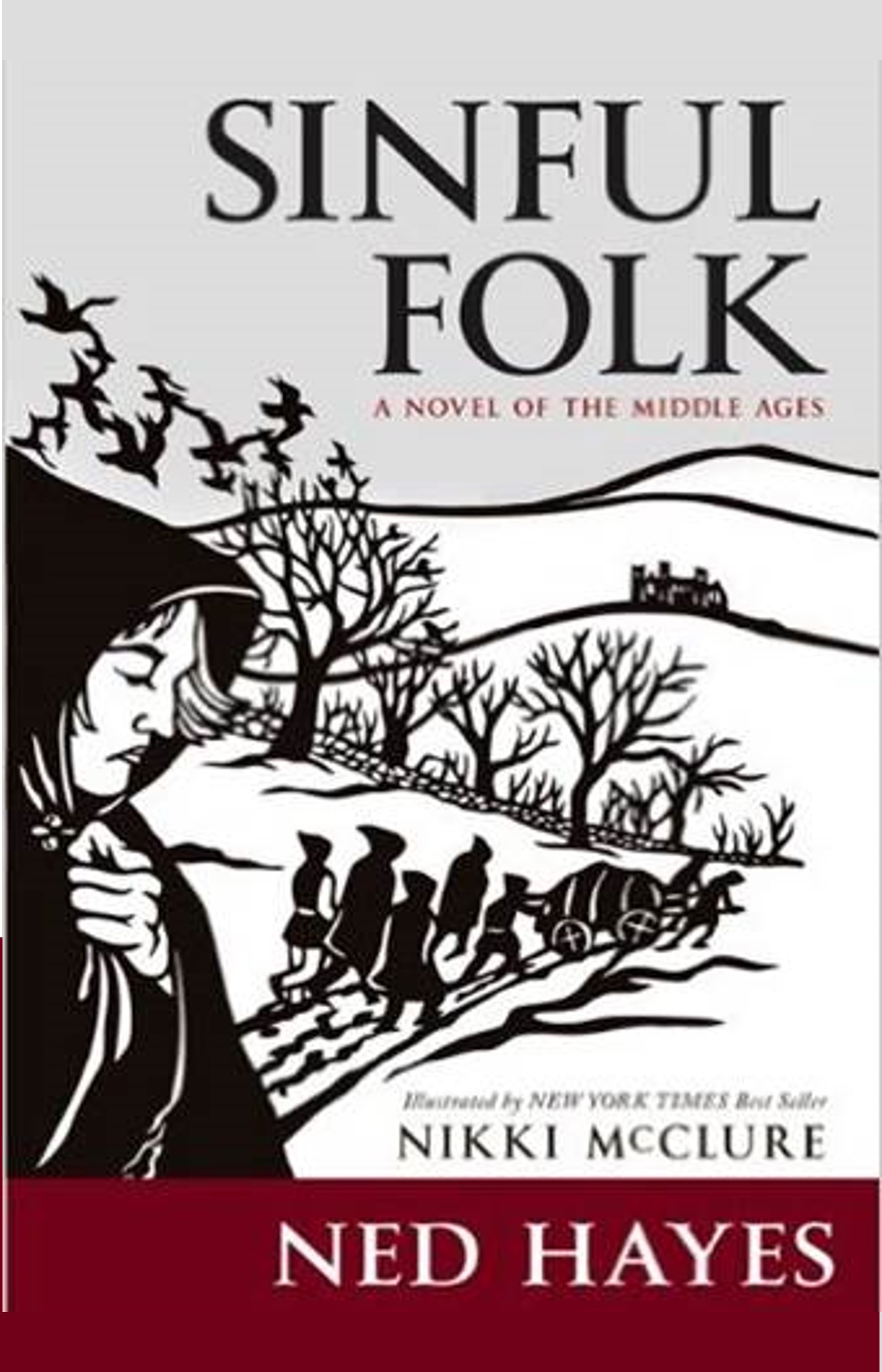
Turns out, that Shakespeare may have taken Advent Season into account when deciding not only where his play would be set, but precisely when. Scholar Steve Roth has written a paper outlining the astronomical history of November 1601, and the holiday season for Elizabethan England to make the case that Hamlet is the Christmas Prince
Shakespeare’s play, Hamlet, gives us a brief look at Christmas in Shakespeare’s lifetime when Marcellus, one of Hamlet’s friends who was in on Hamlet’s plot to make everyone think he’s crazy before he kills his uncle for betrayal. And there’s this one speech by Marcellus in Act I Scene 1 gives a neat look at the celebration of Christmas for 16th century England:
Some say that ever, ‘gainst that season comes Wherein our Saviour’s birth is celebrated, The bird of dawning singeth all night long; And then, they say, no spirit dare stir abroad, The nights are wholesome, then no planets strike, No fairy takes, nor witch hath power to charm, So hallow’d and so gracious is the time.
Marcellus
Hamlet, I.i
So you can see that certain songs of birds, as well as superstitions about the power of ghosts and spirits overlapped with their understanding of the time period. Overall, Christmas was considered a sacred time when peace reigned. Ironically, it was also a time when misrule, role reversal, and the reign of inversion on what was appropriate also highlighted the season, but then maybe a witch who is powerless would fit right in to that mindset?
One academic scholar certainly believes that Hamlet has hidden meanings tied to the Christmas season, and the relationship of the holiday to the remembrance of the dead.
Steve Roth points out that ghosts were not allowed to walk about during the Advent season, which began in 1601 (when Shakespeare was 37) on November 29. Having looked this up, it seems that Shakespeare intended Hamlet to take place across a 4 day period, which must have began prior to Nov 29 or not until after Dec 25, since the Advent season forbade the walking of ghosts and, as we know, ghosts are an essential feature of Hamlet, the play. So when did Hamlet take place?
We can surmise an approximate date for the actions of the play by examining both the lines of the characters as well as the astronomical history of Shakespeare’s lifetime.
Roth points out:
The sentinels’ difficulty seeing each other in the opening scene–calling out repeatedly for identification–suggests a dark, moonless night. [It can’t be cloudy, because Bernardo refers to “yond same star that’s westward from the pole,” 1.1.48 and Horatio speaks of a red sunrise: “the morn in russet mantle clad/Walks o’er the dew of yon high eastward hill.
Sohmer is another scholar whose work you can view here, but his work focuses on the stars and constellations as it relates to Hamlet. The star he identifies, known as Deneb, is referred to as “Bernardo’s star” and corresponds with stars which would have been in the sky, in the approximate position indicated by Bernardo in the play, on Nov 29 1601. If you ask me, at its’ most minimum, that’s just really cool.
Roth continues to explore Somher’s work, pointing out that Somher draws a similarity between “Hamlet and the constellations Cygnus or the Northern Cross, each of which contains Deneb as its brightest star.” But Sohmer makes one mistake Roth cannot let go. Sohmer refers to Nov 2 1601 as a “moonless night” and, as it turns out, this is incorrect due to a calculation that ignores the change in calendar. Why does that matter? Well, it turns out that it matters alot. Take a look:
[Sohmer] cites the moon’s position according to the now-current Gregorian calendar, not the Julian calendar of sixteenth-century England and Denmark, which was offset by ten days. By the Julian calendar, the moon on 2 November 1601 was full–with all the spooky connotations that still attach.
It seems that Shakespeare was either incredibly lucky to have such a beneficial setting for his spooky play, or he was intentionally aligning the actions of the play with the moon which would have been overhead as it was being performed (there’s one way to save on the scenery budget).
It seems that the 4 days over which the play apparently takes place are the four main days dedicated in England to remembering the dead, and specifically days in which the ghosts of our past ancestors were thought to roam the Earth. October 30 is known as the Feast of Marcellus (same name as one of the characters in Hamlet, probably not accidentally). October 31 was All Hallow’s Eve, Nov 1 is All Saint’s Day, and Nov 2 is All Soul’s Day.
It was a common Elizabethan belief that spirits walked the night on All Hallows Eve. And November was commonly associated with death. The last three of these holidays were all about remembrance of the dead.
So if Shakespeare did hold his play, set it in time as well as location, then the ghost’s final statement of “remember me” from Act 1, Scene 5, carries an intentionality made more sombre by the holiday when it was set. Interesting as it relates to theater history, this time was also known for it’s theatrical performances including plays, costumes, inversion of roles, and misrule. In fact, Hamlet isn’t the only one of Shakespeare’s plays to take advantage of this time of year. Othello and The Tempest were performed during this season of different years. (1604 and 1611 respectively).
Steve Roth’s entire paper is fascinating and full of much more elaborate detail. There are plenty of reasons to include Hamlet as part of your Christmas celebrations this year, don’t you?
(this post not original to this blog — original can be found on Cassidy Cash’s blog and You Tube channel)





